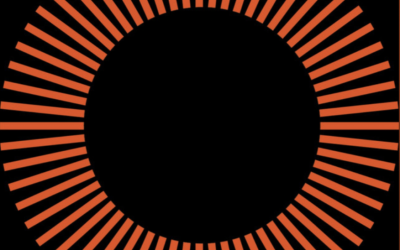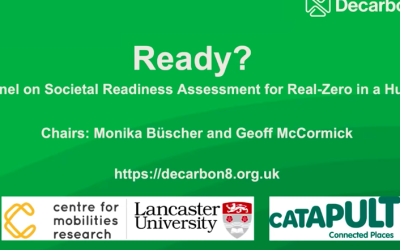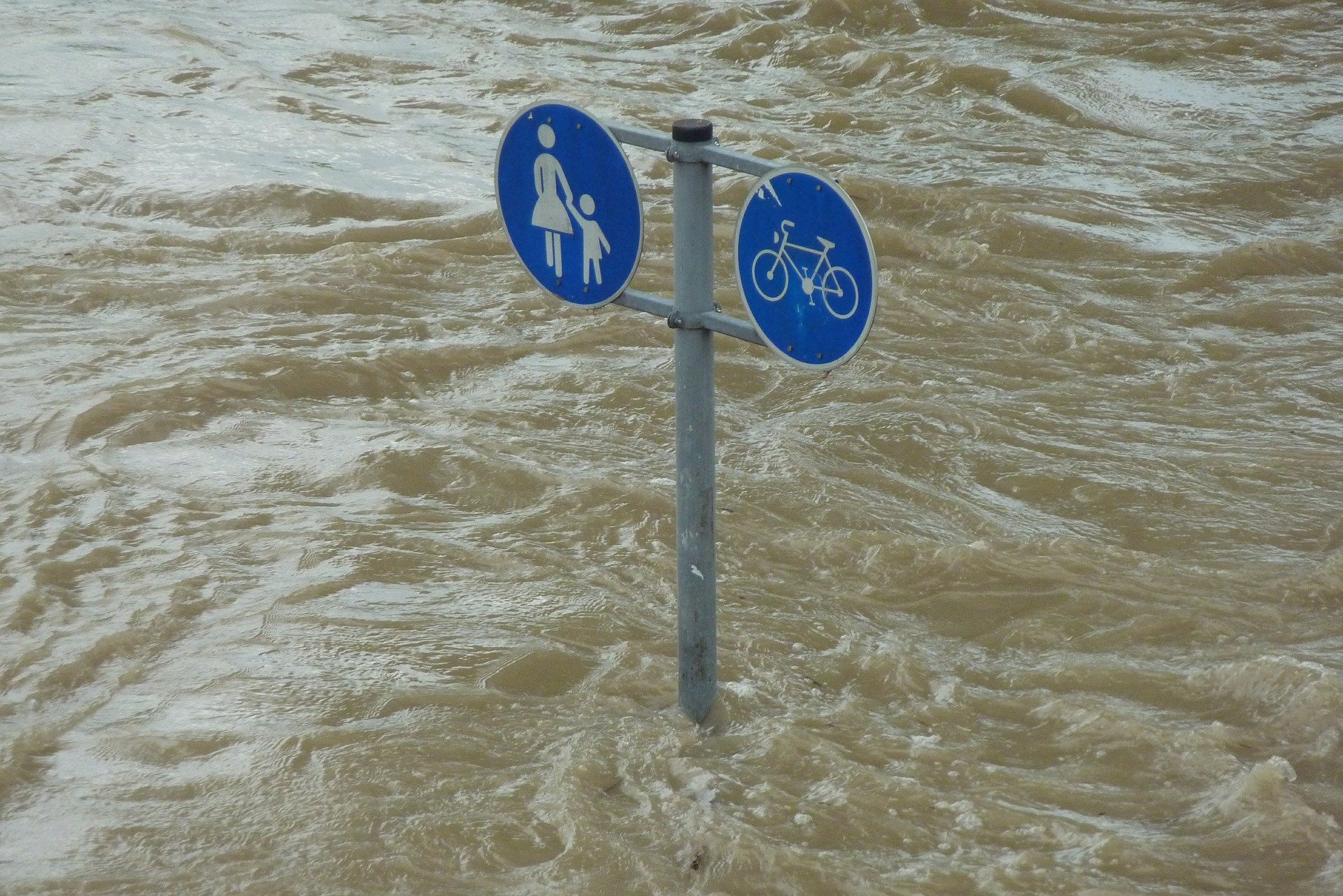This mobile utopia experiment will explore ideas for a radically different system of moving objects, people, information and points of view. Most mobile things on the planet move not by carrying on-board power and using it to apply force to propel themselves; countless entities such as aeolian dust, river sediment, clastic rock, bacteria, plant seeds and spores ‘piggyback’ on the major flows of the Earth system, and thus are picked up, carried along and deposited by wind systems, rivers, hillslopes and other fundamental flow systems. However, human mobility systems have largely modelled themselves on animal locomotion with its logic of self-powered motion to a predetermined location.
Could we imagine a radically different, abiomimetic mobility system, based on drift? What might be the advantages of this approach in terms of environmental sustainability? How might it open up the human imagination to a greater appreciation of the multiple ways of being, becoming and moving enjoyed by the different entities with which we share this planet? How would society have to adjust if all journeys were powered by ambient environmental energy, and the exact destination could not be guaranteed in advance?
Can we imagine a radically different mobility system based on ‘drift’ – one in which we have learned how to utilize the kinds of motion employed by the inanimate parts of the Earth?
The experiment operates through three principal questions:
- Can we imagine a drift economy: an alternative mobility system in which moving things are powered not by (chemical) energy stored internally as fuel or batteries but solely by ambient energy – the energy that surrounds an object due to its specific location in the flows and gradients of the Earth system?
- What kinds of knowledge are necessary for a drift economy? To make a drift economy we may have to develop a deeper understanding of the world around us: the shape of the land, river catchments and wind systems, rhythms of flow, the physics of motion and the various barriers that might prevent moving in and out of flow.
- How would society have to be organized differently in a drift economy dependent on ambient energy and passive motion? In what ways might such a future be better – or worse?
This experiment brings together the science of drift with speculation on utopias of drifting beings, objects, materials, relations and messages. Employing films, immersive experiences and drifting devices, the experiment challenges participants to observe and attune to drifts in the local landscape of Lancaster. These attunements and observations are the starting points for imagining alternative futures in which our societies and economies drift in agreement with the media the flow on and around Earth.
Experimental Design
The workshop will have three stages, in which participants will be able to experiment with drift and imagine a future drift economy.
Part 1: Experiments in Drift
Participants will have the opportunity:
- to read a short illustrated explanation of drift as a form of motion;
- to experience a range of immersive virtual reality first-person drift experiences;
- to play with a range of drift-capable objects using local environmental gradients and flows of air and water (and to make driftable objects of their own), and
- to document their own experiments, conceptions and visions of drift through spontaneous short films.
Part 2: Drifting in the Current
This will take place around a stylized map of Lancaster and surroundings that expresses features of the area’s slopes, hydrology, atmospheric currents and other major material flows. Participants will be encouraged to share their own experiences of drift in nonliving and living things, and how they use their knowledge of flows and slopes in everyday mobility practices. This will be used as the basis for a discussion of the diverse roles played by flow and drift in the lives of local residents – both negative and positive – and to start to build a more complex picture of different subgroups and social practices that are impacted by or already exploit drift processes.
Part 3: Drifting into the Future
Participants will be encouraged to develop and contribute their own ideas and visions for a drift-based mobility system and inscribe them onto the shared diorama (map) of Lancaster, using pens, pinned symbols and objects. The map will also extend figuratively into the ether (on the walls), where participants can freely draw wider visions and speculations about possible drifty futures.




